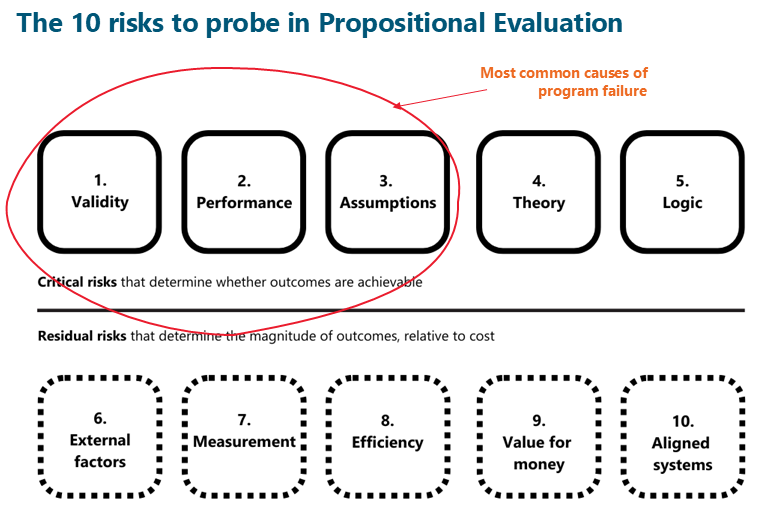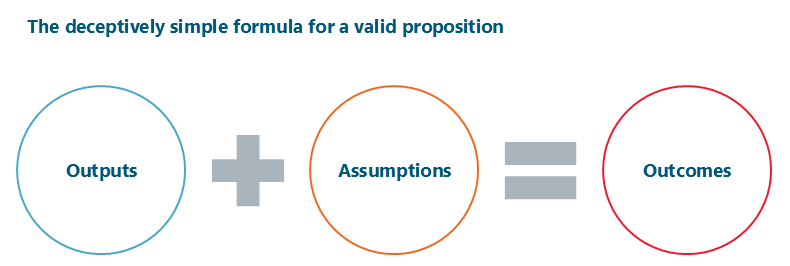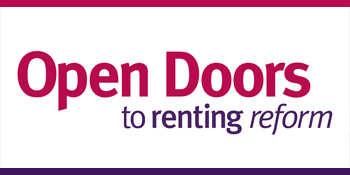
Fit for purpose evaluation #3 – Propositional evaluation as a structure for a rigorous developmental approach
In choosing a fit for purpose evaluation one of the most important considerations is whether the evaluation should be developmental, formative or summative. This decision will often be driven by the stage of development of a policy or program in terms of what can usefully be known about it. This should depend largely on its stage of development at the time when an evaluation is required, but it also depend on the types of questions Ministers or others are asking of it, whether they are appropriate or not.
Much has been written about different approaches for formative and summative evaluation. The goal of this blog is to set out a structure and process for doing developmental evaluation in a rigorous and dialectical manner, provided by Propositional Evaluation.
Developmental evaluation (DE), as conceptualized by Patton, is an evaluation approach specifically designed for complex, innovative initiatives that supports innovation development to guide adaptation to emergent and dynamic realities in complex environments that often require rapid response and adaptation.
Put simply, DE is typically without a formal structure or process. The process is the ‘scout mindset’ as described by Julia Galef. This is where people who care and people who know discuss what makes doing something a good idea and respond to feedback to constantly shape what they are doing in a spirit of exploration over defensive arguments or conclusive methods about the value of doing something.
Often the evaluator works as an embedded team member, providing real-time or close to real-time feedback to inform ongoing decision making and adaptations. They are not an external, objective observer but rather a thought partner in the development process.
While this is a key part of the flexibility of inquiry, it makes it hard to know if anyone is doing it well.
 Propositional Evaluation provides a framework and structure for high quality developmental evaluation:
Propositional Evaluation provides a framework and structure for high quality developmental evaluation:
- Develop a valid proposition
- Identify and probe the risks to failure (at least 10 risks can be pre-identified as potentially relevant)
- Adapt and progress to more scientific evaluation
There’s a deceptively simple formula for identifying a valid proposition:

The outputs and assumptions form the premises that support the conclusion (outcomes).
Once the proposition is developed, it should be probed by the program and evaluation team for the 10 risks of program failure (with 1-3 being the most common). Early identification through evaluation can prevent many issues before they become problems.

In the video below, we chat through some questions prompted by these blogs, and some applied scenarios.
To read more about the propositional evaluation approach, and the 10 risks to probe, check out Andrew Hawkins and Scott Bayley’s article on Managing the risk of program failure: Propositional Evaluation as a tool for risk management.
Missed the first two in the series? Read them here:
Fit for purpose evaluation #1 – the big questions
Fit for purpose evaluation #2 – the lens determines what you can see




